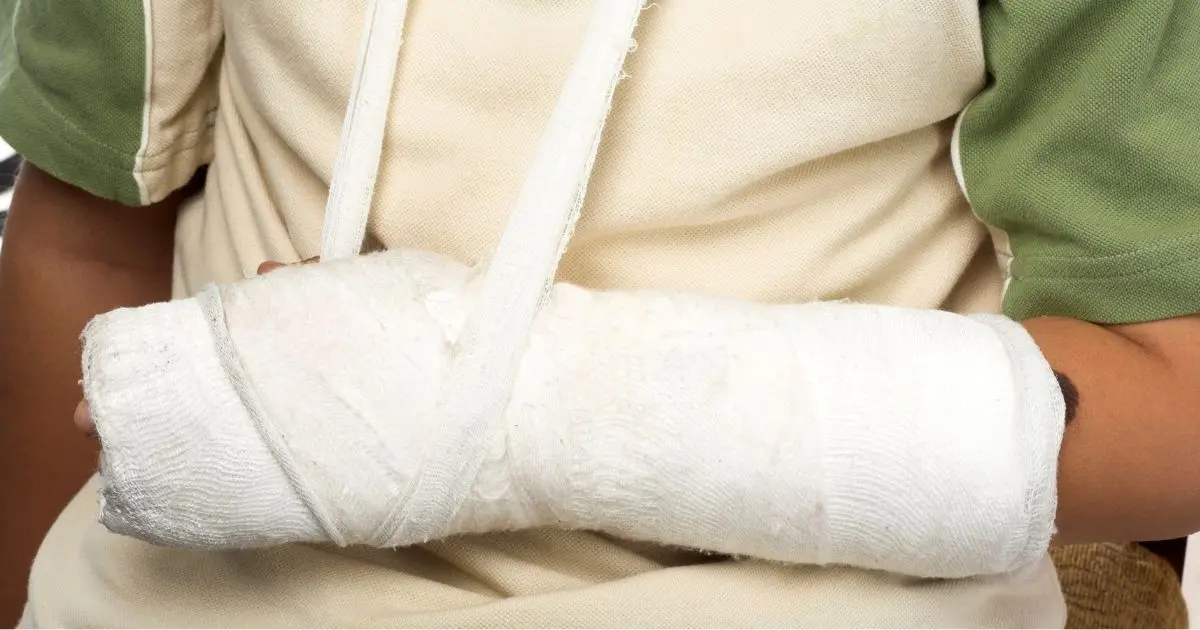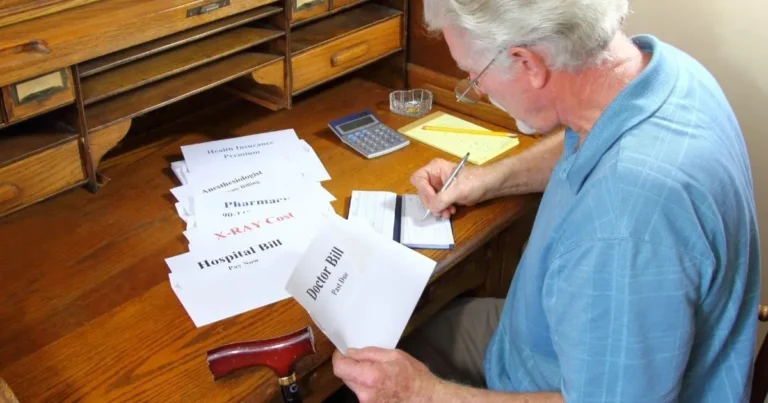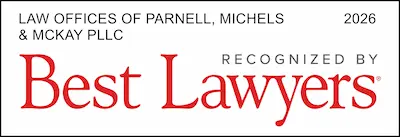Personal Injury – Health Insurer’s Subrogation Rights – Know The Law~3 min read
In almost all injury cases, when the plaintiff gets injured they seek healthcare almost immediately. Most times the person’s health insurance company pays the bills generated by an accident in the first instance. Sometimes, this is a private company like Blue Cross Blue Shield, and other times it is government-provided insurance like Medicare or Medicaid. In each scenario, both types of insurance will have a “lien” or right of reimbursement from the settlement an injured party can get from a third party insurance policy.
Most commonly, it is a private health insurer like BCBS that pays the bills. As part of all health insurance contracts, the health insurer reserves a “subrogation” right through the contract. This allows the health insurer to get paid back through a settlement or judgment any medical bills that they paid that are being accounted for in the settlement. The theory is that a person should not be able to be paid twice for the medical service, which would lead to a sort of “double recovery”. This is built into the health insurance contract and is only triggered by the collection of an actual settlement or judgment dollars. If you review your own health insurance contract, you will find this provision likely under the title “subrogation”.
In other situations, the health insurer is a governmental agency like Medicare, Medicaid, or Tricare (military insurance). These insurers have a statutory right of reimbursement. This means that, like the private insurers above, they have a right to be reimbursed from any settlement or judgment the insured receives for bills they have paid. Since these are statutory rights of reimbursement, it becomes imperative to understand these liens and coordinate the benefits in order to avoid having the plaintiff be sued in the future. This is because these liens are “automatic” and many people do not understand that such liens exist. It is very important to identify all types of liens in each case, and coordinate paying them back prior to reaching a settlement.
This can also dovetail with a person’s auto insurance coverage in New Hampshire called Medical Payments coverage. Based on a recent decision by the New Hampshire Supreme Court, this medical payment coverage can be used to help offset the cost of the medical treatment. In the first instance, this can be used to pay co-pays and deductibles. If money remains on the coverage, it can be used to reduce the health insurance lien. However, distinct from health insurance, medical payment coverage has no subrogation rights and thus should be maximized in all cases. If you have insurance coverage issues related to an auto accident or other injury, the experienced lawyers at Parnell, Michels & McKay can help.
Negotiating these liens can often yield to lower reimbursement amounts, which can only benefit our clients. Having an experienced personal injury litigation attorney becomes very important for any potential plaintiff. If you were injured and need help getting back to normal, contact the experienced personal injury attorneys at Parnell, Michels & McKay and put our 50 years of combined experience to use.
Our firm blends advocacy oriented practice with effective practical solutions for all our clients in Londonderry, N. Woodstock, and throughout New Hampshire. The attorneys at Parnell, Michels & McKay provide effective representation and counseling to assist our clients facing legal questions. We simplify the process so our clients can understand and are able to participate as partners in the resolution.
Our practice includes personal injury law such as motor vehicle accidents, falls, dog bites, workers compensation, social security disability, and other injuries.
We also practice family law, including divorce, post-divorce, unwed custody and property division, and collaborative divorce, and have extensive experience in bankruptcy, probate, boundary disputes, estate planning, corporate formation and other real estate litigation.















